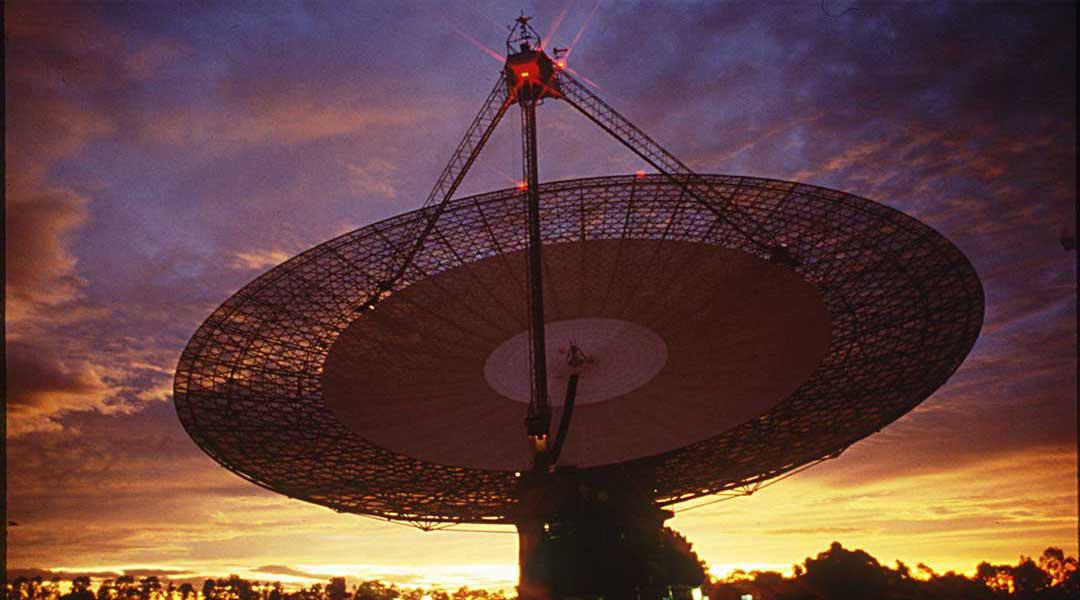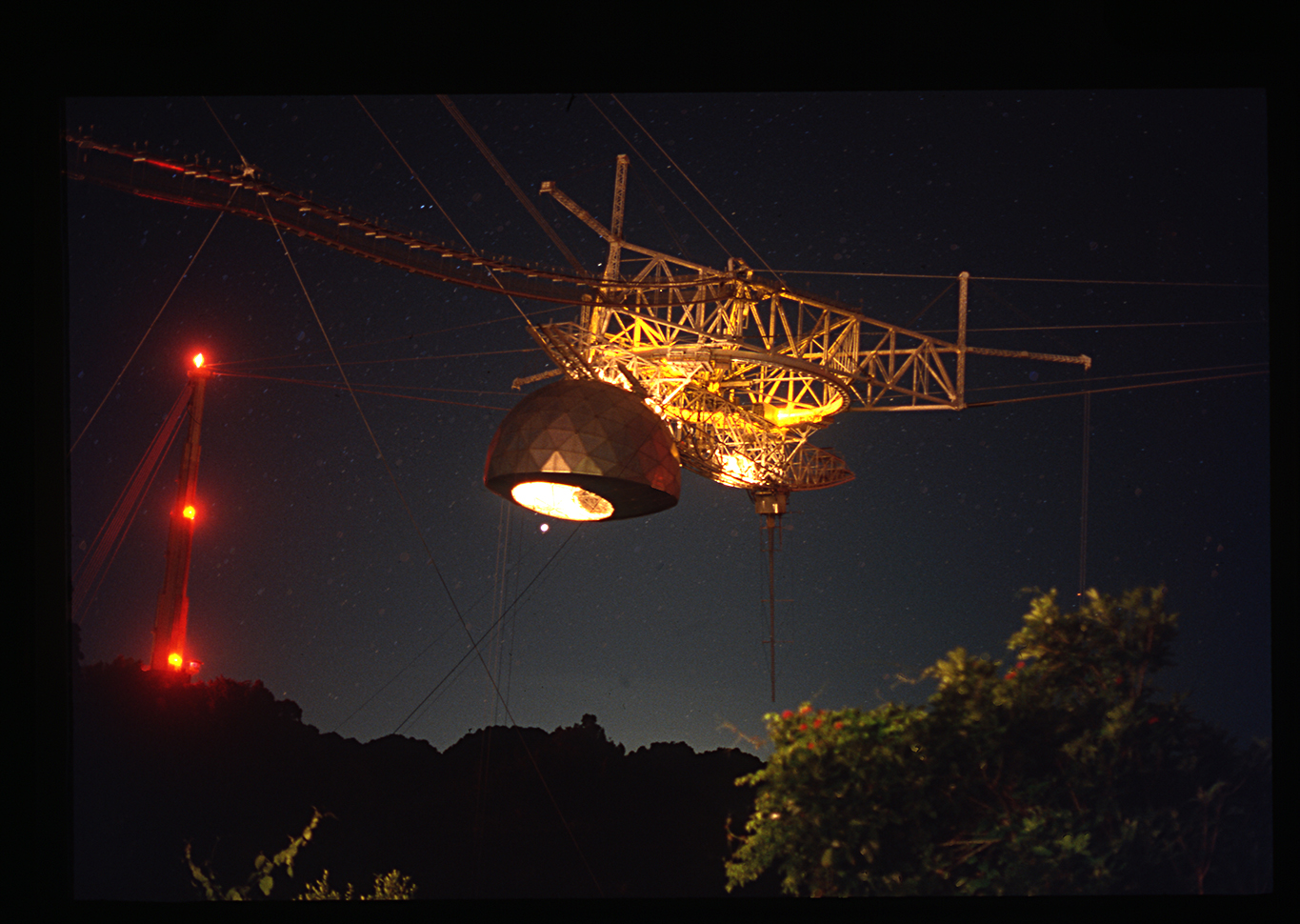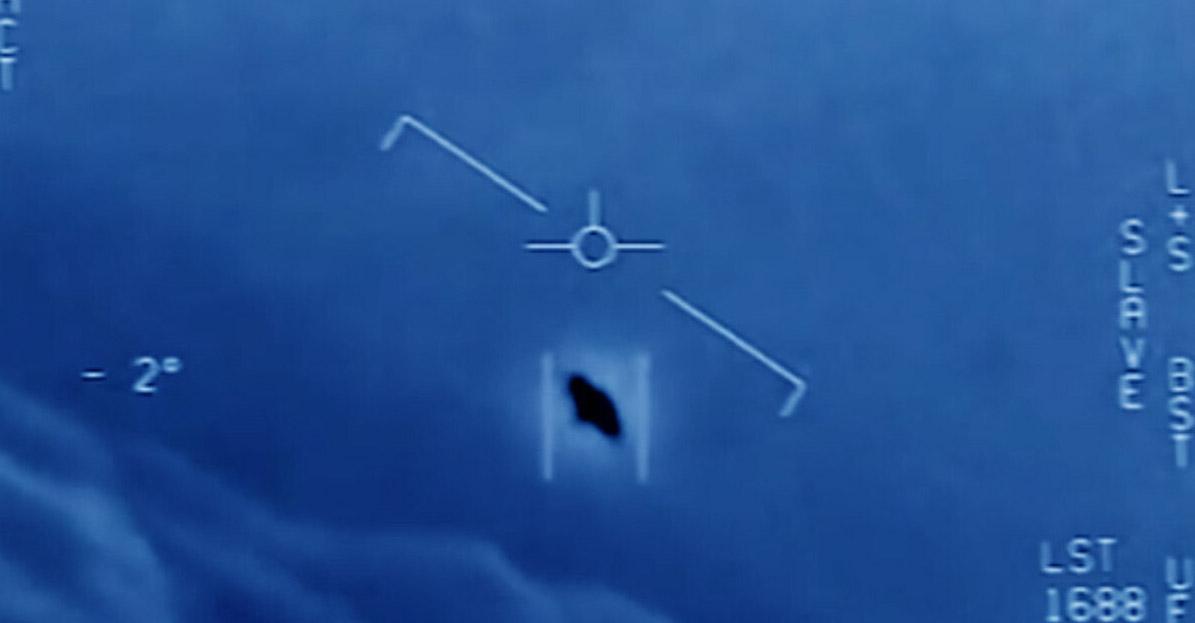
Proxima Centauri: Earth hears a possible signal: We are here, we are here, we are here
Scientists remain skeptical and hopeful as researchers continue to review the data following a leak to The Guardian last December of a candidate signal picked up by a radio telescope at Parkes Observatory in Australia. It seems to originate from our closest neighboring star Proxima Centauri. Seeking confirmation of the source may encompass a broad scope from known Earth technology to possible unknown extraterrestrial technology.
…as Scientific American reports, after months of wading through the data, searching for possible sources of interference, and reviewing the contents of the signal, the scientists involved remain hopeful. The signal appears to come from a point source at distance rather than something close at hand. It also appears to be quite narrow in bandwidth, which would be somewhat unusual for a natural source. Finally, not only does the signal appear to originate from the area of Proxima Centauri, the researchers believe it shows signs of a regular shift that might be expected if the source was actually a planet orbiting that star. (Daily Kos)
2020 has been a crazy year on so many levels, even in the field of SETI. After the mysterious appearance of monoliths and the announcement of the galactic federation, we now have BLC1, a curious and mysterious signal that might—or might not—have come from Proxima Centauri. It’s probably not alien and we will confirm this soon. Of course, as a SETI Institute scientist, nothing would please me more than to be proven wrong. (Franck Marchis, SETI.org)
- MSN: Astronomers Are Keeping a Close Watch on the Next Star Over
- Duluth News Tribune: Astro Bob: Was the Proxima Centauri signal sent by aliens?
- Firstpost: Researchers investigate 'tech' signal coming from neighbouring star Proxima Centauri
- Daily Kos: Earth hears a possible signal: We are here, we are here, we are here
- Scientific American: Alien Hunters Discover Mysterious Signal from Proxima Centauri
- SETI.org: Did Proxima Centauri Just Call to Say Hello? Not Really!

Tracking the Cosmos With the SETI Institute-Supported Unistellar eVscope Telescope
Just over three years ago, Unistellar’s eVscope “became the most successful Kickstarter telescope campaign in history.” The collective effort of the Unistellar community continues to make strides in citizen science. Seeking to simplify access and a grand view of the cosmos for everyday people, Unistellar uses a combination of optics and electronics to bring well-defined astronomical sights to the eye through the eVscope and smartphone technology.
Developed in partnership with SETI Institute (the acclaimed non-profit questing for the origins of the universe), the easy-to-use, self-aligning, portable and WiFi-connected device incorporates proprietary enhanced viewing technology to amplify and present the night sky to users in a way that’s never been done before. It’s also a citizen science tool that will continue to change the way we observe and document the cosmos together. (Cool Hunting)
- Cool Hunting: Tracking the Cosmos with the SETI Institute-Supported Unistellar eVscope Telescope
- SETI.org: Citizen Astronomers Across the Globe Partner for World-Record Research on a Near-Earth Asteroid

Could We Populate Another Planet With Genetically Modified Organisms?
Giz Asks shares feedback from SETI Institute scientist John Rummel and other experts, including Kathryn Denning, Dirk Schulze-Makuch, Nathaniel Szewczyk, and Betul. Kacar, as they weigh in on whether we “could and should populate another planet with genetically modified organisms.”
We probably could modify an Earth organism, or suite of organisms, to live in such places for some limited period of time, but I couldn’t guarantee you could “populate” one of those places with GMOs. Unless you were tremendously lucky, the Earth organisms might eat all of the minerals in reach, and then stage a massive die-off that would be tremendously yucky and pointless. And if you were that lucky, there might be native organisms that would just eat your GMO additions and yield a polite “burp” of methane and leave it at that. Right now we don’t know enough to do something useful with GMOs at any alien place (and only a few on Earth). (Gizmodo)

Why the loss of an iconic radio telescope is painfully personal
The Arecibo Observatory was not only a window to the universe, but also a treasured second home to the Drake family.
Nadia Drake, daughter of Frank Drake, describes her and her family’s connection to the Arecibo Observatory in Puerto Rico and the heartbreak that came with its recent collapse.
For nearly six decades, the Arecibo Observatory was Earth’s largest window to the cosmos. Its mammoth, 1,000-foot-wide dish made it exquisitely sensitive, able to capture radio waves that wash over Earth with just a millionth of the energy in a falling snowflake.
For many Puerto Ricans, astronomers, and space enthusiasts, Arecibo was more than a telescope. Like the monuments and cathedrals that humans revere, Arecibo’s value transcended its utility. The observatory was potently symbolic, almost sacred, and it has been a part of my family history for more than half a century—a home for my father, and a cherished part of his work as an astronomer. My parents love Puerto Rico, their window to the stars, and over the decades, they shared that love with their growing family.
- National Geographic: Why the loss of an iconic radio telescope is painfully personal
- SETI.org: :Goodbye Arecibo
- SETI Live: Does the Arecibo Collapse Mean Increased Threat from Asteroids?

Federal Agencies Now Required to Report What They Know About UFOs
U.S. intelligence agencies now have a 180-day requirement to share any knowledge of UFOs with Congress, thanks to some “pork” in the COVID-19 relief and federal spending bill passed in 2020.
Seth Shostak, an astronomer at SETI Institute, says government programs investigating UFOs date back to the early to mid-1950s.
The aim of the upcoming report from intelligence agencies is to standardize reporting on UFOs and try to identify the objects, he says. Other similar initiatives, such as a Defense Department program from 2007 to 2012 called the Advanced Aerospace Threat Identification Program, share the same goals, he says.
"The government's interest in this is not that they're worried that, you know, little green guys have come for a house call,” he says. “I think that they're more concerned that there is some sort of military technology being deployed by potential enemies.” (WBUR)
- WBUR: Federal Agencies Now Required to Report What They Know About UFOs
- SETI.org: UFOs: Hoping for the Truth
Big Picture Science
Skeptic Check: Shared Reality
One of the many shocking aspects of the Capitol attack was that it revealed how thoroughly the nation had cleaved into alternate realities. How did we get to this point? How did misinformation come to create beliefs embraced by millions?
In this episode, experts in social media, cults, and the history of science join us for a discussion about how these alternative realities formed, why people are drawn to them, and the benefits of a shared reality.
Join guests Joan Donovan, Lee McIntyre and Steven Hassen for a discussion and look at the many aspects of alternative realities in Skeptic Check: Shared Reality.
Supercomputer Showdown
Do you have a hard-to-answer question? The Summit, Sierra, Trinity, Frontier, and Aurora supercomputers are built to tackle it. Summit tops the petaflop heap – at least for now. But Frontier and Aurora are catching up as they take aim at a new performance benchmark called exascale.
So why do we need all this processing power? From climate modeling to personalized medicine, find out why the super-est computers are necessary to answer our biggest questions. But is the dark horse candidate, quantum computing, destined to leave classical computing in the dust?
Join guests Katherine Riley, Jack Wells, Katie Bethea, Jeffrey Hawkins and Eleanor Rieffel for a look at supercomputers, why they are helpful and where they are headed in Supercomputer Showdown.
SETI Live
Recent SETI Live episodes include:
- The Museum of Alien Life Explained – What if there was a museum that contained every type of life form in the universe? A place that includes the possible forms alien life might take, from the eerily familiar to the utterly exotic, ranging from the inside of the Earth to the most hostile corners of the universe. This place does not yet exist, but it has been digitally created by Melodysheep. Join us on Wednesday Jan. 20 at 10am PST for a special SETI Live with John D. Boswell, aka Melodysheep, a filmmaker, composer, VFX artist, known for his YouTube series named Life Beyond. John will sit down with SETI Institute Senior Astronomer, Franck Marchis, to discuss his recent video named the Museum of Alien Life which already had 7.3 million views on YouTube. John will explain the motivation for this video, the science behind it, the process to make it, and of course the creative content.
As always, videos of all past Facebook Live events can be found on our Facebook page: https://www.facebook.com/SETIInstitute/
Or on our YouTube channel: https://www.youtube.com/SETIInstitute





